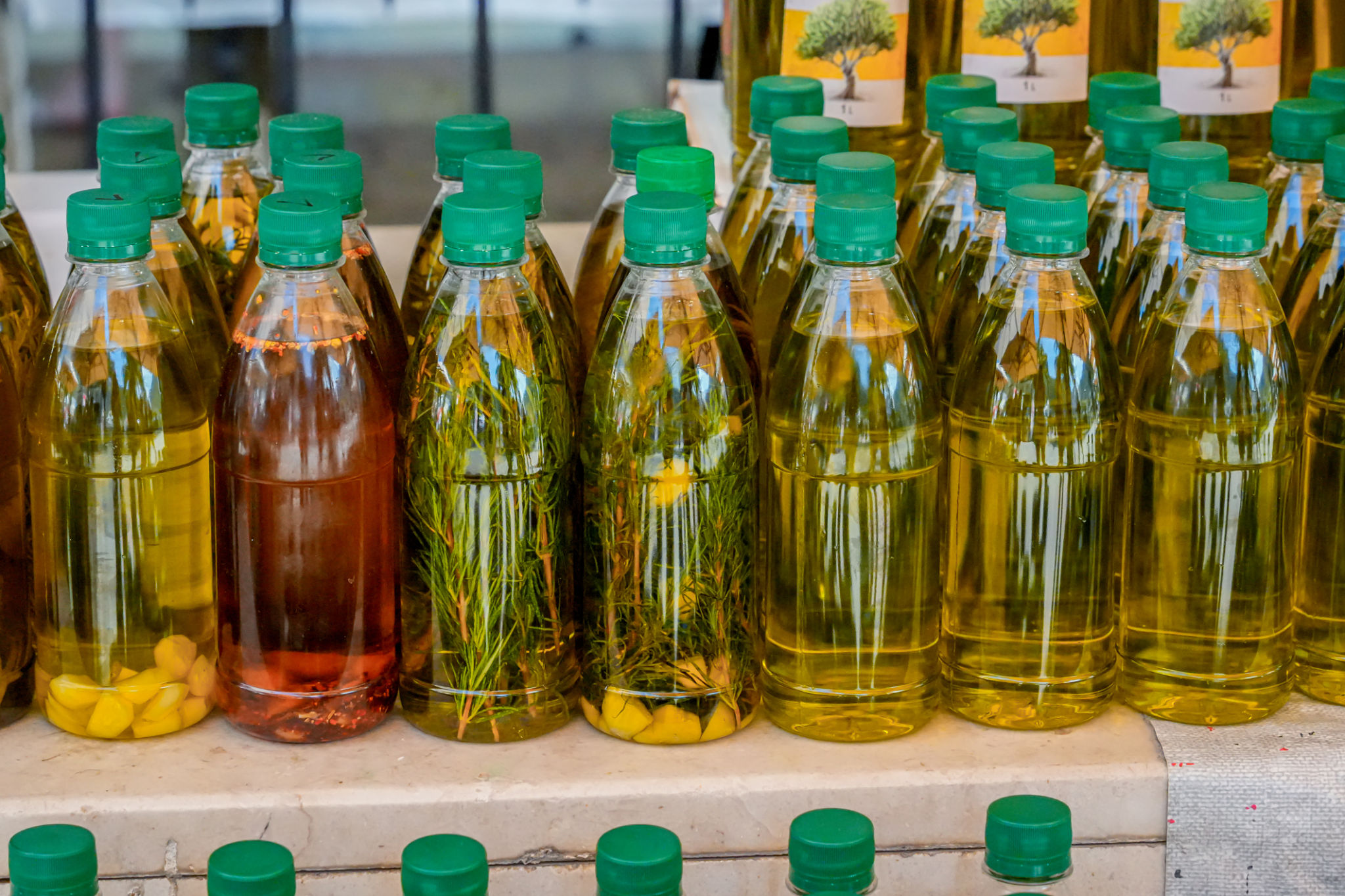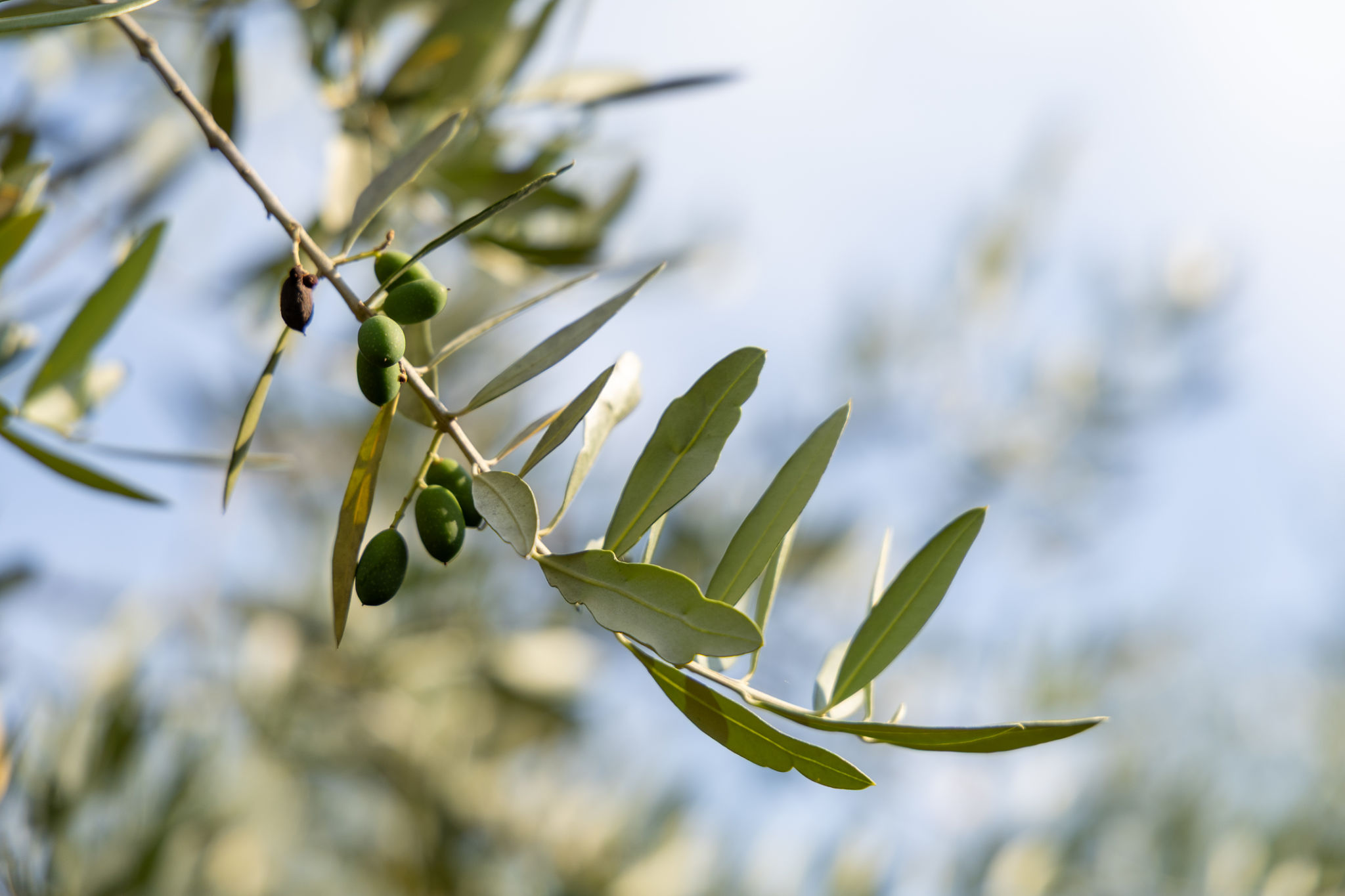5 Common Myths About Olive Oil Production Debunked
Myth 1: All Olive Oils Are the Same
One of the most common myths about olive oil production is that all olive oils are identical. This is far from the truth. Olive oil varies in flavor, quality, and nutritional value depending on factors like the type of olive, the region where it is grown, and the production process. Extra virgin olive oil, for example, is the highest quality, extracted without using heat or chemicals.

Myth 2: Olive Oil Production Is a Simple Process
Many people believe that producing olive oil is straightforward. In reality, it involves meticulous steps, from harvesting olives at the right ripeness to pressing them carefully to extract oil. The entire process requires expertise to ensure quality and maintain the beneficial properties of the oil.
The Importance of Timing
Timing in harvesting plays a crucial role in determining the flavor and quality of the final product. Harvesting olives too early or too late can significantly affect the taste and nutritional profile of the oil.

Myth 3: Olive Oil Should Not Be Used for Cooking
There's a widespread belief that olive oil is unsuitable for cooking, especially at high temperatures. However, this is a misconception. High-quality extra virgin olive oil has a relatively high smoke point, making it an excellent choice for sautéing, frying, and baking. Additionally, cooking with olive oil can enhance the flavors of dishes while providing health benefits.
Benefits of Cooking with Olive Oil
Using olive oil in cooking not only adds rich flavor but also offers numerous health advantages. It contains antioxidants and healthy fats that can contribute to heart health and reduce inflammation.

Myth 4: Light Olive Oil Is Lower in Calories
The term "light" in olive oil does not refer to its caloric content but rather its flavor and color. Light olive oil undergoes more refining processes, which result in a milder taste and lighter color, but it contains the same number of calories as other types of olive oil.
Understanding Olive Oil Labels
When purchasing olive oil, it's essential to understand what different labels mean. Terms like "pure," "light," and "extra virgin" indicate differences in quality and processing rather than caloric content.

Myth 5: Olive Oil Cannot Go Bad
Another common myth is that olive oil has an indefinite shelf life. In fact, like many natural products, olive oil can go rancid over time. Exposure to heat, light, and air can accelerate this process, affecting both its taste and health benefits.
Proper Storage Tips
To extend the shelf life of olive oil, store it in a cool, dark place in a tightly sealed container. This helps preserve its flavor and nutritional value for as long as possible.

By debunking these myths, we gain a deeper understanding and appreciation for this versatile and nutritious oil. Whether you're drizzling it over a salad or using it for cooking, knowing the facts about olive oil production can help you make better choices and enjoy its full range of benefits.